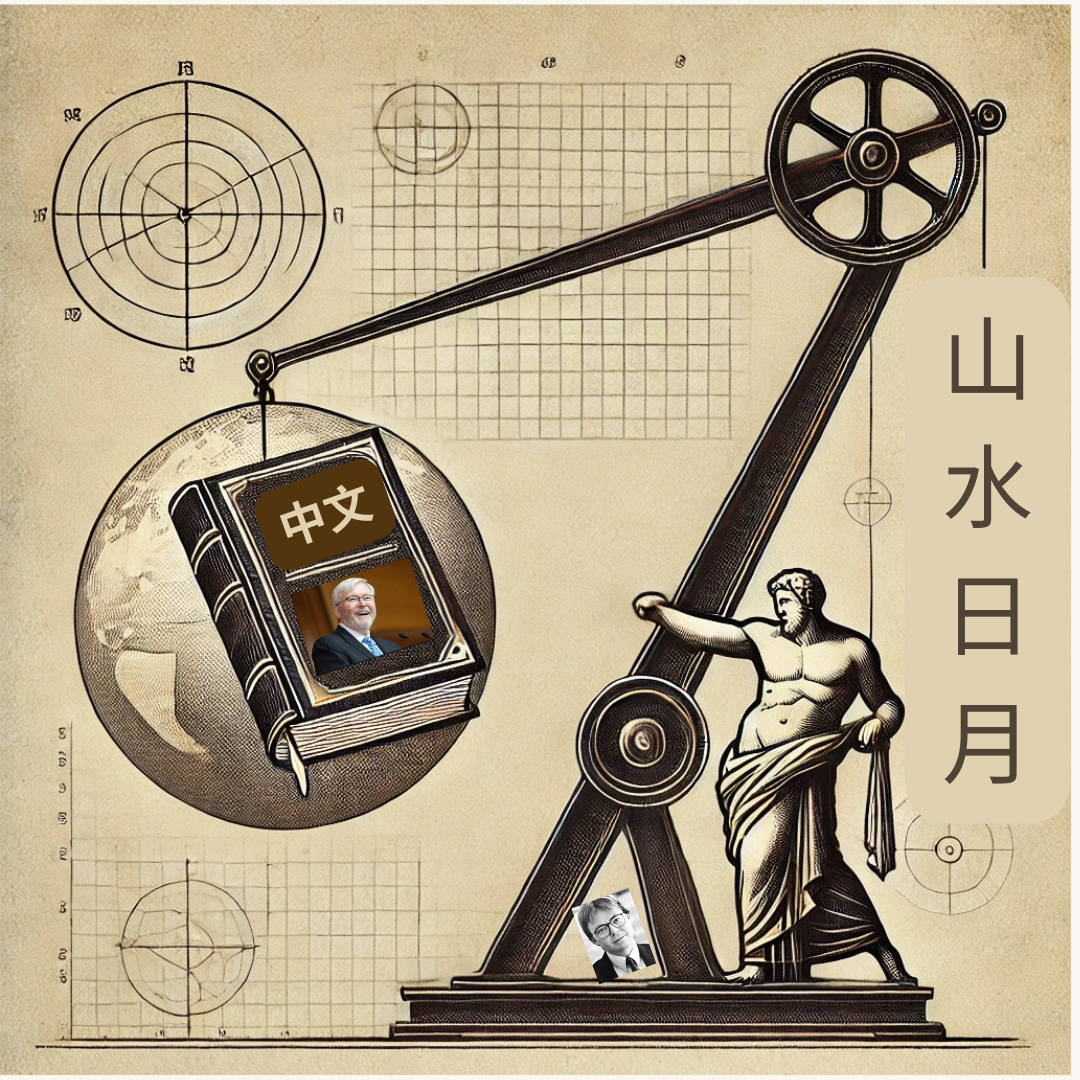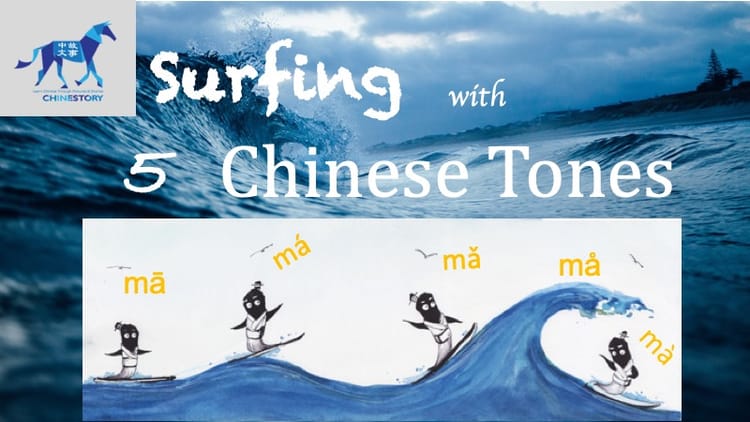Conquering Chinese Through 6 Insights - 1 & 2

🧩 Hidden Figure Challenge
Take a close look at the image above.
You’ll probably spot one familiar face right away — a color portrait of a well-known global figure on the book cover above. But here’s the real challenge:
Can you find his younger self?
A black-and-white photo from decades earlier is hidden somewhere in plain sight.
This person once earned a Chinese name meaning something like “Conqueror of the Classics.”
Can you figure it out before the reveal at the end? 🧐📚🔍
Before diving into Chinese learning methods and specific techniques, I want to share two insights that run deeper — not into how we learn Chinese, but why we choose a method in the first place.
These are value-level principles. If they resonate with you, you’ll likely find the rest of Chinestory methods not only effective, but energizing — especially if you're looking for how to learn Chinese effectively in a way that’s rooted in visuals, meaning and clarity, instead of rote memorization.
If not, that’s okay — this approach may not be the right fit, and I’d rather be clear than convincing.
💡 Conquering Chinese Through Your Native Language – Insight 1 of 6
Tap Into the Rich Reservoir You Already Have
“Give me a place to stand, and I will move the Earth.” — Archimedes
Leverage isn’t just physical — it’s cognitive. And your native language is the fulcrum.
What I call “the necessity of using your first language as a bridge.” Your first language is your greatest asset — why not use it?
The most successful learners make active connections between Chinese and their native language. Instead of starting from a blank slate — a place that often leads to an acquired sense of helplessness — they proactively build cognitive bridges. This approach is more than just a shortcut — it’s a language learning hack rooted in how your brain naturally processes contrast, comparison, and analogy.
For example, when helping students master Mandarin’s first tone — the high, level tone — I guide them to say “mmm” the way you do when you're holding a thought or deliberating on something. That naturally puts their voice in the upper pitch range. From there, we work on keeping the tone steady — not rising or falling, just calmly held. The unfamiliar becomes familiar, because it’s built on something they already know.
💡 Insight 2: Conquering Chinese Through Value Alignment – Insight 2 of 6
Do It Right the First Time — Because the Hidden Cost Isn’t Just Money
The real cost of ineffective learning isn’t just money — it’s time, effort, and morale.
Too many learners waste months — even years — on outdated methods, ineffective drills, or random apps that don’t reflect how the brain actually works.
If you truly want to learn Chinese effectively, your method matters. You need a system that’s science-based, brain-friendly, and designed to support natural motivation and memory retention – one that respects your time, honors your investment, and delivers high ROI.
A well-structured method activates the brain’s reward system, builds confidence, and makes learning feel productive, joyful, and meaningful — rather than something you have to power through with sheer will — which, let’s be honest, is a fast track to burnout.
Whether you’re wondering how to learn Chinese faster, how to build long-term memory, how to write Chinese characters with confidence, or how to speak Mandarin with a native sound, it starts with using a method that treats you like a thinker — not a copy machine.
The right method builds momentum. The wrong one breaks it.
⬇️ What’s Next: From Learning Values to Learning Systems
If these values align with how you think about learning, then you're ready for the next step — the part where philosophy becomes practice.
Recently, I analyzed an AI-generated synthesis from the Huberman Lab’s interviews with leading voices in language acquisition — including Dr. Eddie Chang (neuroscience of speech), Dr. Erich Jarvis (language, music, and movement), and Tim Ferriss (language learning through self-experimentation). The system distilled five core themes that reflect the best current understanding of how to learn a foreign language effectively.
In the next installment, I’m going to share with you my analysis. Stay tuned~
May the Horse Be With You 🐎✨
🎯 Reveal:
And if you guessed Kevin Rudd — former Prime Minister of Australia — you’re absolutely right. 🇦🇺📖
His face appears twice in the image: once in full color, front and center on the dictionary, and again as a hidden black-and-white portrait from his youth.
Rudd studied Mandarin deeply and was given the Chinese name 陆克文 (Lù Kèwén) by his teacher.
It combines 克 (kè) — to conquer — and 文 (wén) — script, literature, culture.
He’s joked that it means something like “Conqueror of the Classics.”
A fitting name for someone who didn’t just learn Chinese — he mastered it. More on Kevin Rudd here, via his Asia Society profile.



Comments ()